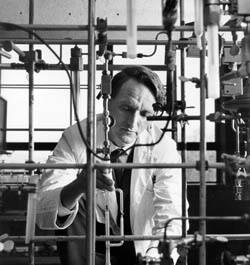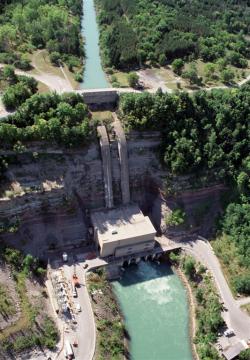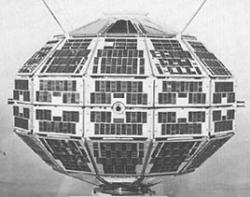The bridge is immense, not only in length and weight but in width. At 67 feet wide, it can accommodate two sets of railway tracks, two sets of streetcar tracks and two roadways.
It took three tries and cost 89 lives, but the city of Quebec was determined to compete with provincial rival Montreal for commercial rail traffic in the late 19th century. The solution was a rail bridge across the St. Lawrence River requiring a single cantilever span 1,800 feet long - the longest ever attempted.







